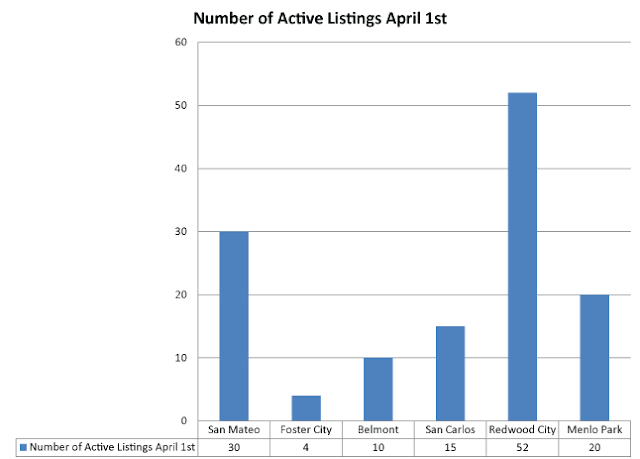Though it may still be too early in the year to tell, this may be an indicator that the market is finally starting to push back against what many had deemed to be unsustainable price growth. For over a year now, there has been talk among real estate professionals and economists that some degree of pullback was inevitable in the Bay Area real estate market, as price growth simply could not continue to outpace income growth to the extent that it has. At some point, either demand would diminish, which would ultimately slow prices down, or incomes would have to see a huge boost. The former presents the more likely scenario, and it seems that is what is beginning to happen.
For much of 2015, demand was so high that sellers were often fielding multiple offers before they even hosted an open house. Transactions were frequently done in cash, and closing times were historically short. In the early part of 2016, the real estate market is starting to look a bit different. The right homes in the right neighborhoods are still selling quickly at prices that continue to impress, but homes with a few quirks/flaws are starting to sit on the market a bit longer. Listings across the mid-peninsula in Q1 of 2016 stayed on the market for an average of just over 19 days - still a healthy number, but up from 16 days the same time last year. In certain cities, the disparity between those numbers is much more dramatic. Like in Redwood City, where the average DOM grew 100% - from 14 days in Q1 of '15 to 28 days in Q1 of'16.
Much of this can be attributed to the demand for higher end real estate becoming far less reliable. The decrease in demand is allowing buyers at the higher price points to be more selective, and contingent offers are becoming more common. In Redwood City, Q1 sales of $1.6 million and above sat on the market for an average of 31 days, as opposed to 21 days for sales in the range of $1-1.6 million. By contrast, the average DOM for sales in both of those price ranges in Q1 of 2015 was just 12 days - so it is evident that the decrease in demand has taken a heavier toll on higher end real estate.
Despite the slight slowdown in the first part of 2016, I am still dismissive of the idea that there may be an impending market crash, or even a significant pullback. Prices may not be growing at the breakneck pace they were just a year ago, but the Bay Area's healthy economy and rapid job growth should continue to fuel strong demand for mid-priced real estate, even if the high end comes back down to earth a bit.
As a seller, the best move you can make to prepare for the possibility of a longer transaction, is to enlist the help of a real estate agent who is adept at identifying characteristics of a property that could adversely effect desirability/sales price, and who can advise you on simple/cost efficient ways of improving on these features - something the RealSmart Team specializes in.
Mid-Peninsula Market Statistics: Quarter 1 - 2016




No comments:
Post a Comment